National Cybersecurity Platform

 Project title
Project title
National Cybersecurity Platform
 Name of Beneficiary/Beneficiaries
Name of Beneficiary/Beneficiaries
NASK – National Research Institute – consortium leader
Warsaw University of Technology
Institute of Communications – National Research Institute
National Center for Nuclear Research
 Name of programme
Name of programme
National programs
 Competition
Competition
CyberSecIdent
 Project value
Project value
PLN 16 917 897. 37
 Funding value
Funding value
PLN 16,869,919.04
 Project delivery period
Project delivery period
from September 1, 2017 to October 30, 2020
Get to know our team
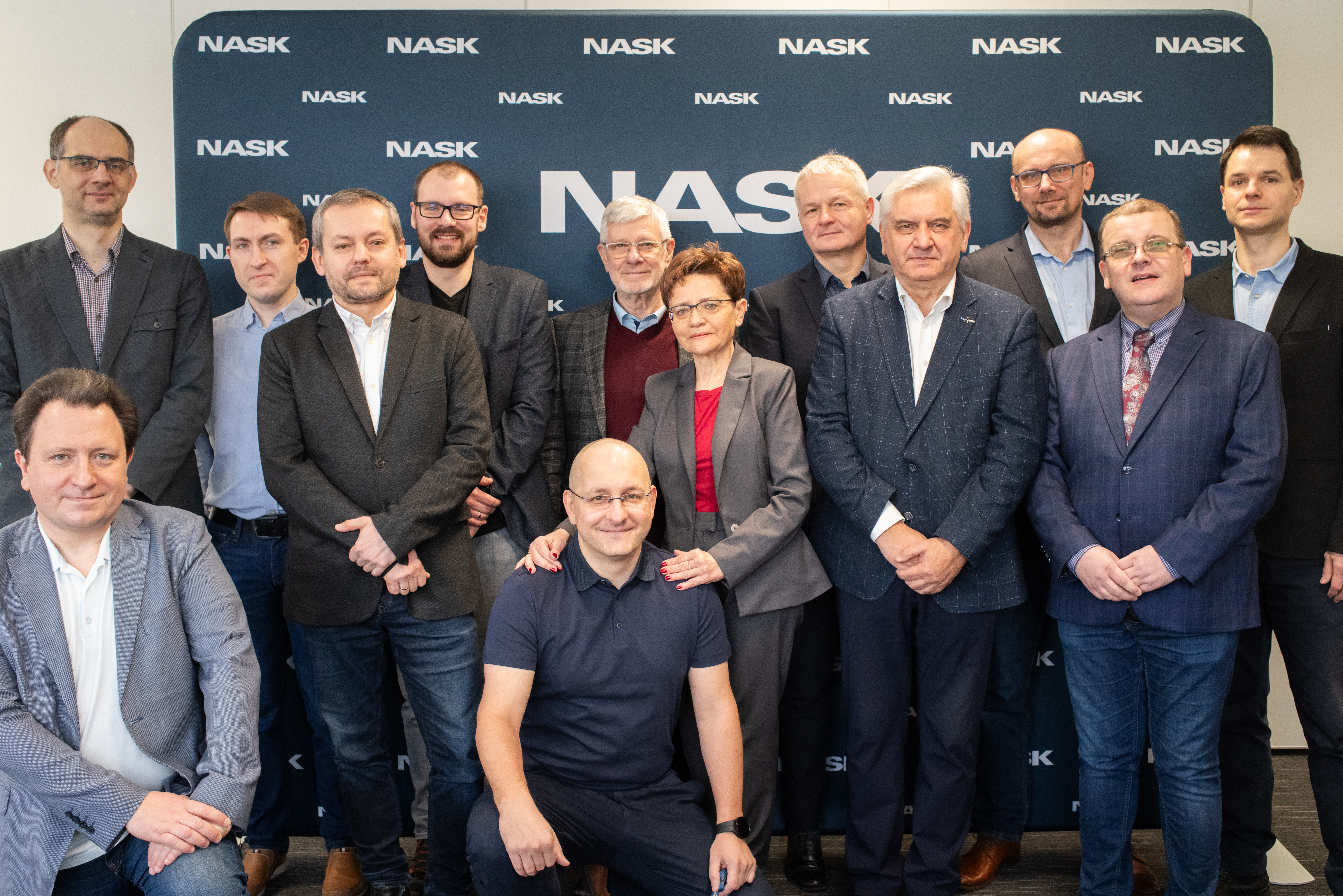
from the left at the bottom: Adam Kozakiewicz (NASK), Włodzimierz Waligórski (NASK)
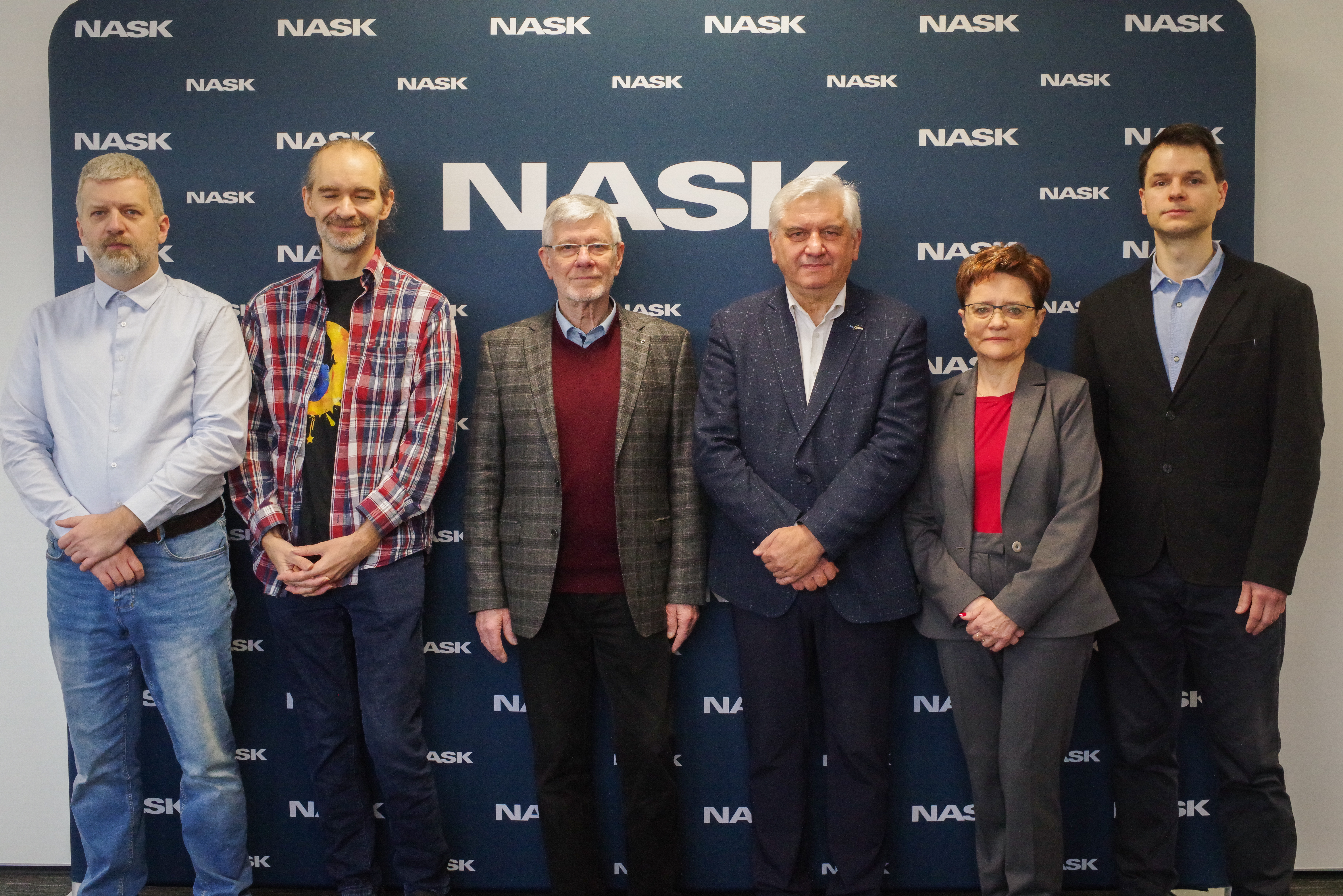
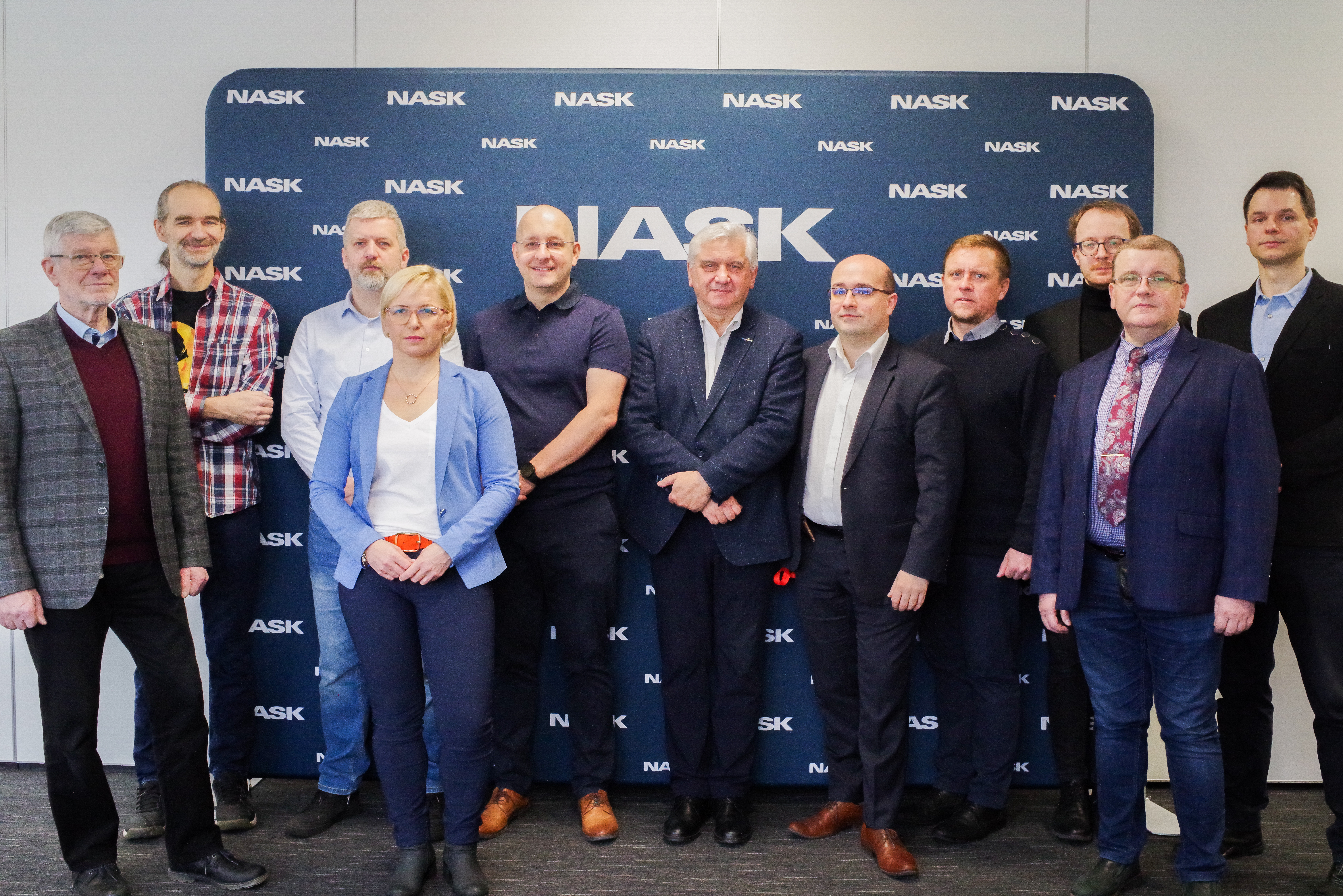
See the effect of our work
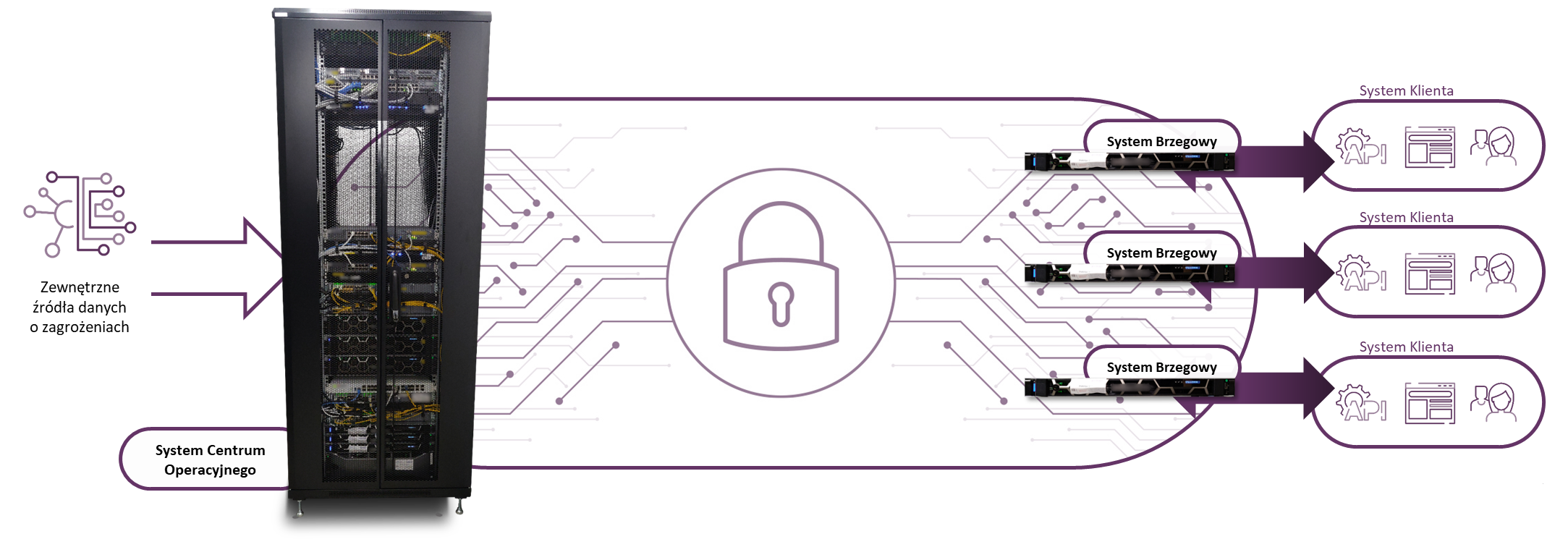
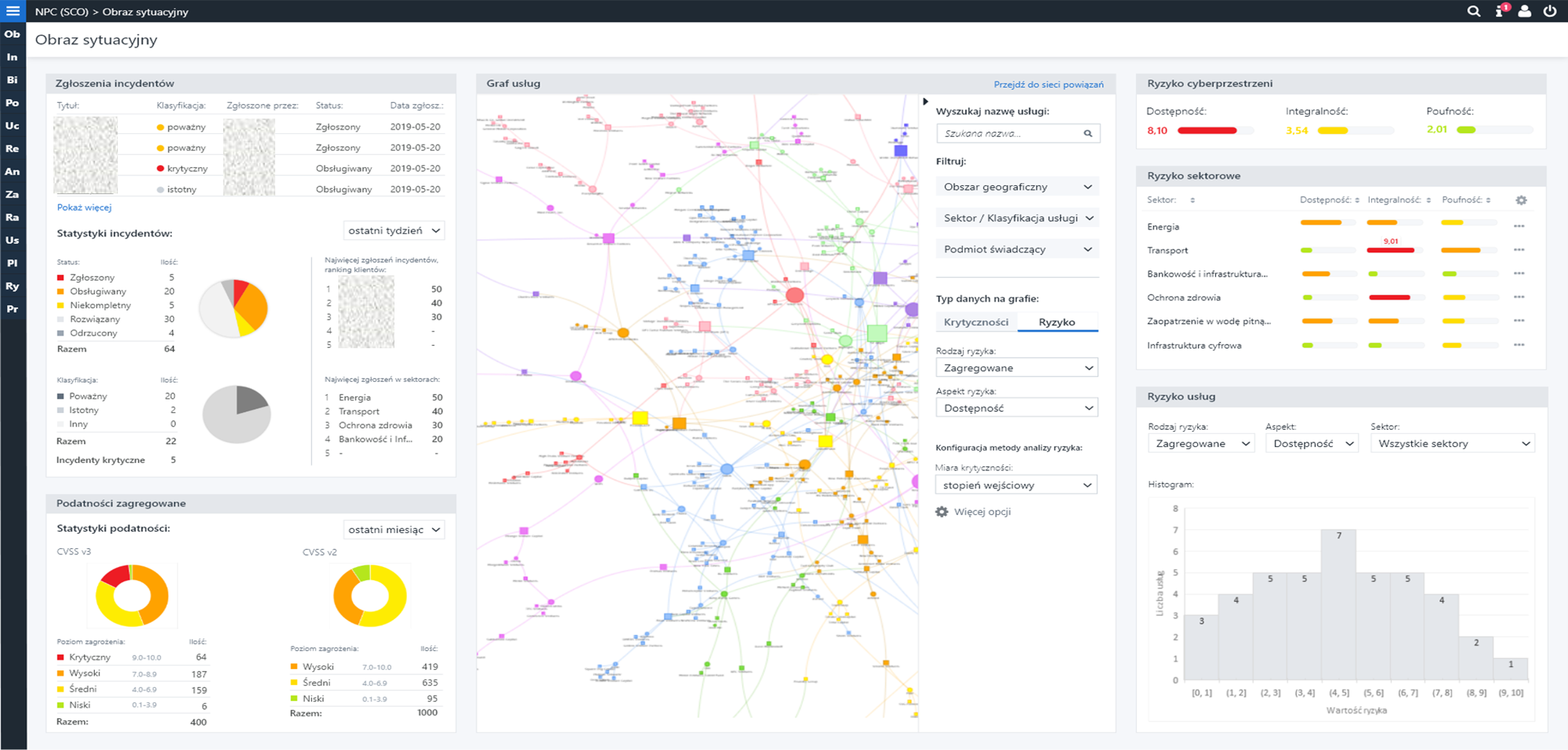
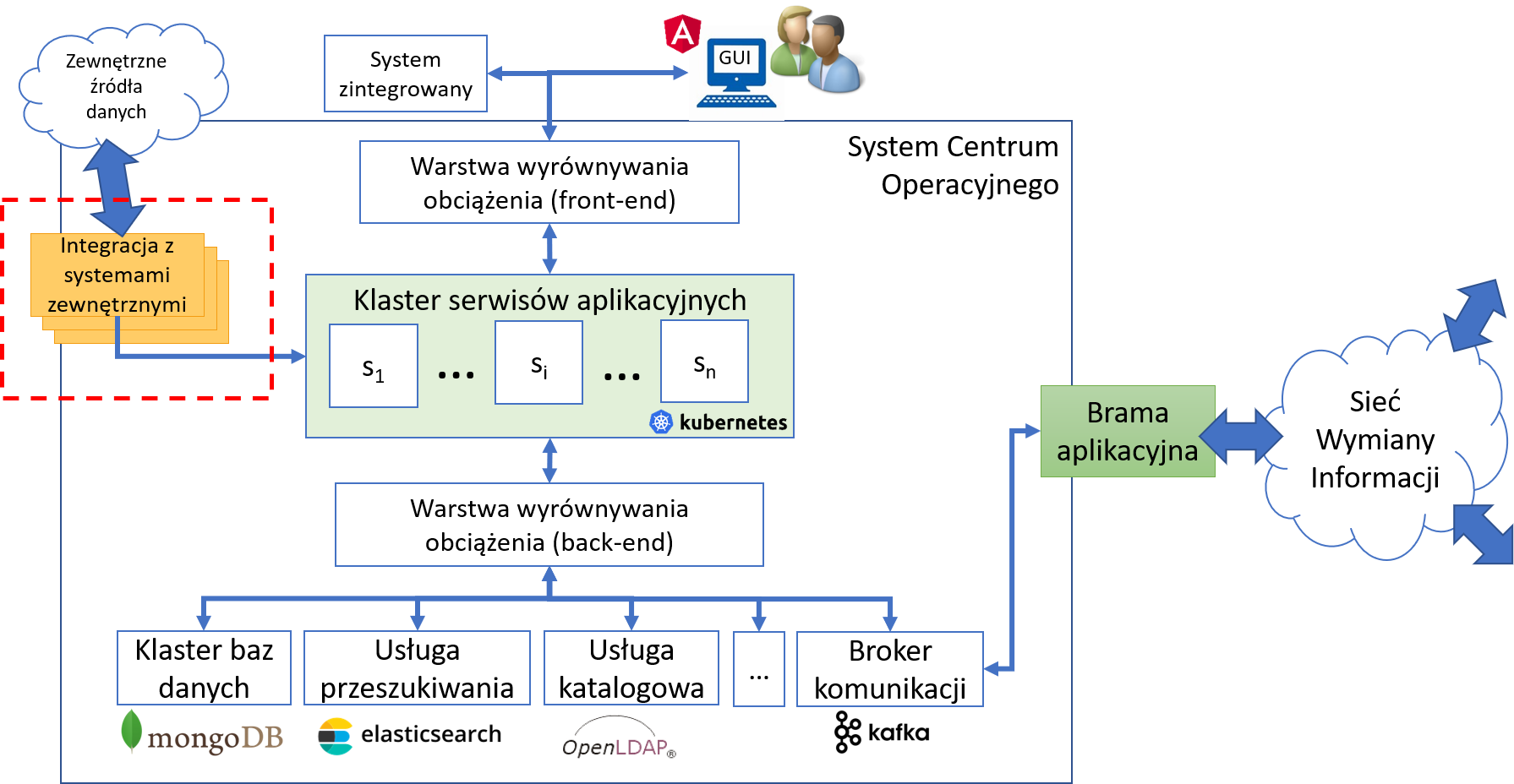
What problem does our project solve?
As part of the project, the National Cybersecurity Platform was created.
A comprehensive, integrated system for monitoring, imaging and warning about threats in the state's cyberspace, operating in close to real time, was developed and implemented. Solutions have been created that enable coordinated actions to prevent, detect, combat and minimize the effects of security incidents of ICT systems important for the functioning of the country. As part of the project, mechanisms were created to protect the privacy of users of these systems and to safely share information about threats.
The National Cybersecurity Platform has become the basis for building cooperation between the entities of the National Cybersecurity System, regardless of their location and formal and legal principles of operation. As part of the project, a database on IT/OT vulnerabilities and security threats in cyberspace was created, integrating data obtained from external sources, publicly available and those provided by the National Center for Nuclear Research. A set of original methods for risk analysis and detection of vulnerabilities and threats in ICT networks, the Internet of Things environment and industrial automation systems was also developed.
The project significantly contributed to increasing the cybersecurity of Poland, its economy and citizens.. Moreover, the solutions implemented in the National Cybersecurity Platform in compliance with the NIS Directive are a good example of Poland's contribution to the European Union's activities aimed at increasing international security in the area of digitalization.
Who will benefit from the project results
The direct beneficiaries of the project results are three national-level CSIRTs (ABW, MON and NASK), operators of key services, digital service providers and entities implementing public tasks. The project results also form the basis of a system enabling security management and awareness of cyber threats for entities with complex infrastructure (extensive LAN/WAN network and server infrastructure, many applications built in a complex technology stack).
Taking into account the specificity of the project, it is worth noting, first of all, the broad and positive impact of the project results on national and international cybersecurity.
The scientific results of the project were disseminated in 20 articles published in journals from the list of the Ministry of Science and Higher Education and 19 speeches at international and national conferences.
What was the biggest challenge for us in implementing the project?
A particular difficulty in implementing the project was the need to adapt the architecture and detailed solutions of the NPC system to the Act on the National Cybersecurity System, which was developed during the project implementation. In addition, it was also a challenge to meet all the formal requirements that accompanied the implementation of the project and its financing from public funds.
Thanks to the contractors' close cooperation with the Cybersecurity Department of the Ministry of Digitization, it was possible to effectively overcome these challenges.
Our advice to other Applicants
We recommend that other Beneficiaries establish cooperation with potential users of the solution as early as possible - this approach allows for ongoing monitoring of market needs and responding to the expectations of the target recipients of the project's effects.
The following are particularly important for the success of the project: determination in adhering to the work schedule and careful selection of consortium members, taking into account their competences. In this way, we ensure timely and qualitative implementation of the tasks assigned in the project, as well as mutual support in the event of difficulties in the implementation of individual tasks or stages of work.